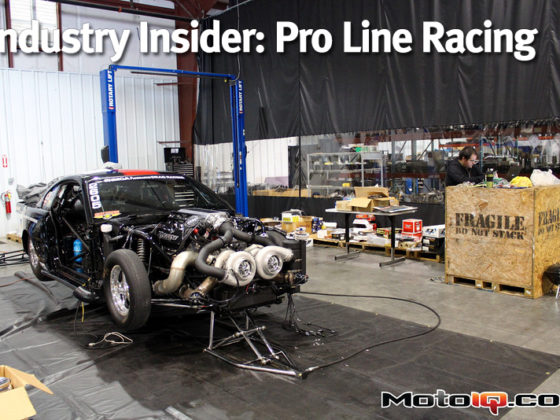,


The premium package (right) turns the traction control, steering settings, and hazard buttons into plated toggle switches, compared to buttons in the base (left). I think they look better and bring out the visual avionic theme that is part of the mustang’s history. There is an addition of a “Mode” setting in the Premium package cars which affects the throttle response, traction control settings, and a few aspects to change how the car performs in snow, track, or sport. The toggles only move up and while they don’t feel weighted or metallic, they are a neat little feature.
 Looking forward, the twin gauge bezels are distinctively Mustang, along with the “Ground Speed” labels that everyone talks about. But there is not a ton of talk about the new LCD display between them, which is probably my favorite part of the car. This LCD screen is controlled by the buttons on the steering wheel which are angled forward and not ergonomically differentiated from each other but once you get the feel for things, they are placed within easy control.
Looking forward, the twin gauge bezels are distinctively Mustang, along with the “Ground Speed” labels that everyone talks about. But there is not a ton of talk about the new LCD display between them, which is probably my favorite part of the car. This LCD screen is controlled by the buttons on the steering wheel which are angled forward and not ergonomically differentiated from each other but once you get the feel for things, they are placed within easy control. |
 |
 |
 |
The LCD screen FINALLY gives you everything from oil temp, pressure, water temp, air fuel ratios, tire pressures, etc… there’s pretty much no need for aftermarket gauges. If you click “ok” on any of the above data points, an analog gauge pops up which I think is a very cool feature.
 |
 |
 |
 |
Ford’s “Track Apps” section holds more fun gadgets and gizmos. From a G-force accelerometer to acceleration and deceleration performance meter, to launch control and an industry-first ‘Line Lock’ program which makes burnouts in a manual even easier than in an automatic. Simply click the button, hold the brake, hit “OK” and the program holds the brake for about 15 seconds, allowing you to easily get into 3rd gear and huge smoke-producing wheel speeds while standing still. Not that I would admit to testing this feature…

 The steering wheel button on the center console changes the steering feel from “comfort” to “normal” and “sport” while the “Mode” button changes the throttle sensitivity, traction control, and other parameters from “normal” to “sport”, “track” and “wet/rain”.
The steering wheel button on the center console changes the steering feel from “comfort” to “normal” and “sport” while the “Mode” button changes the throttle sensitivity, traction control, and other parameters from “normal” to “sport”, “track” and “wet/rain”.The Mustang now has a key fob and a push to start button on the center console. Once the engine fires up, the car is distinctively Mustang. While there have been improvements of the 5.0L “Coyote” V8, from larger intake and exhaust valves, revised cam profiles, stiffer valve springs, and a different intake manifold to increase the output to a still underrated 435 horsepower and 400 lb-ft of torque (380whp/360wtq) the engine feels and sounds familiar, like a Mustang.




1 comment
Has anyone tested aftermarket front sub frame bracing for the s 550? I see 2 and 4 bolt configurations. BMR and Steeda have products but I cannot find any testing of what if anything these braces do. The ease of instillation makes me skeptical. It seems like they might work but when I see a lot of marketing and results demonstrated I pause. Please advise